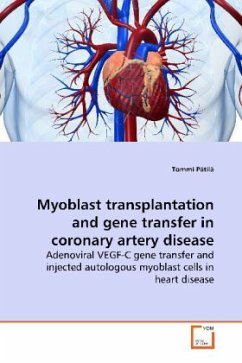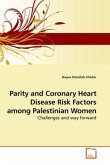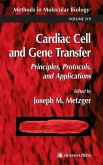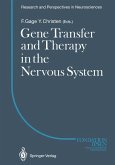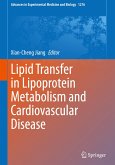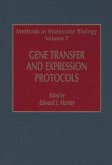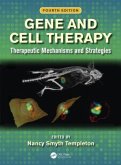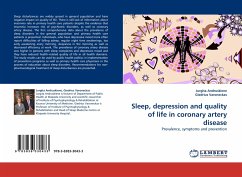Despite improved medical treatment and operative
possibilities,
end-stage coronary artery disease and heart failure
present a great
medical challenge.The progressive increase of elderly
population is
expected to further reflect in the incidences of
these disorders.
Recent progress in cell transplantation and gene
therapy has
provided a conceptual alternative for treatment of
heart failure and
coronary artery disease. In this report we review the
state of the art
intramyocardial myoblast cell treatment together
with gene therapy
of the heart.
We employed a porcine model and evaluated the
angiogenic effect
of vascular endothelial growth factor (VEGF)-C gene
transfer. During
the process, we concluded that the most used method
to produce
experimental ischemia shows significant inconsistency
and we
present our method of solving the problem. With our
new model, we
assessed the potential of autologous myoblast cell
transplantation
after ischaemia and infarction of the heart.
possibilities,
end-stage coronary artery disease and heart failure
present a great
medical challenge.The progressive increase of elderly
population is
expected to further reflect in the incidences of
these disorders.
Recent progress in cell transplantation and gene
therapy has
provided a conceptual alternative for treatment of
heart failure and
coronary artery disease. In this report we review the
state of the art
intramyocardial myoblast cell treatment together
with gene therapy
of the heart.
We employed a porcine model and evaluated the
angiogenic effect
of vascular endothelial growth factor (VEGF)-C gene
transfer. During
the process, we concluded that the most used method
to produce
experimental ischemia shows significant inconsistency
and we
present our method of solving the problem. With our
new model, we
assessed the potential of autologous myoblast cell
transplantation
after ischaemia and infarction of the heart.

